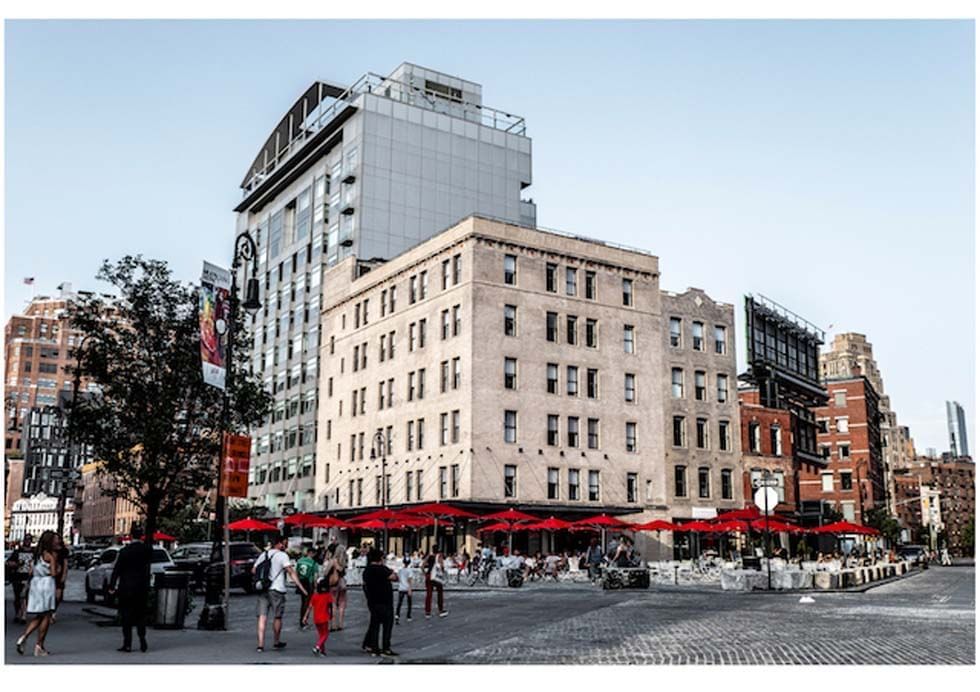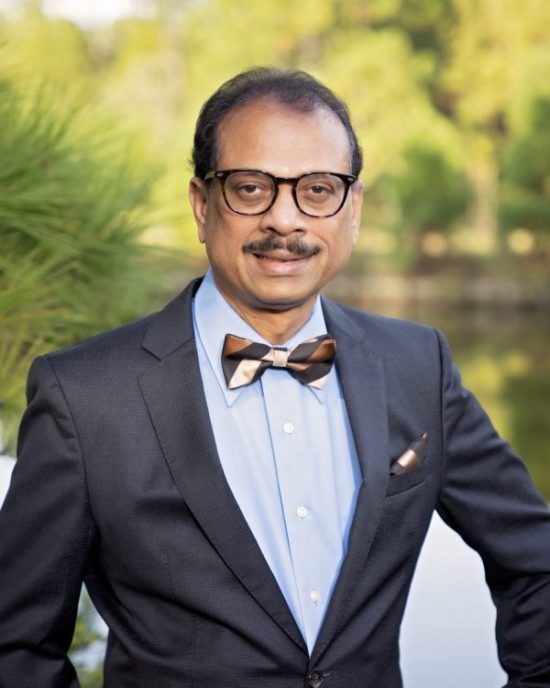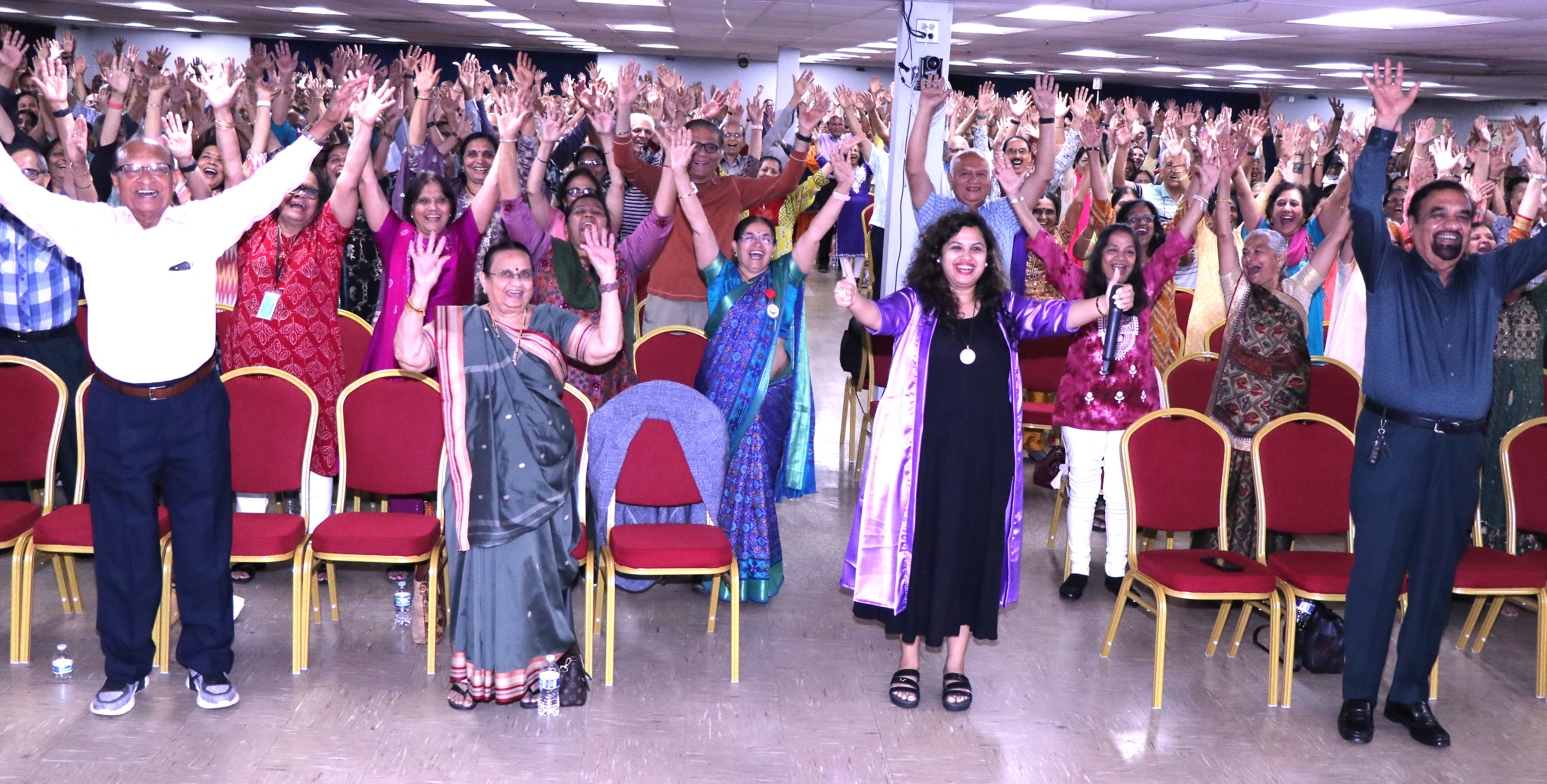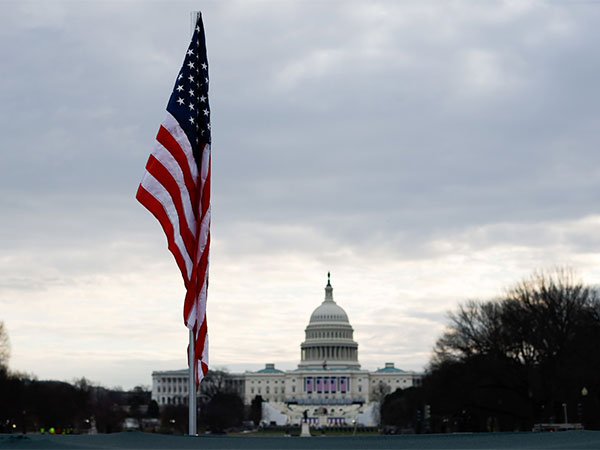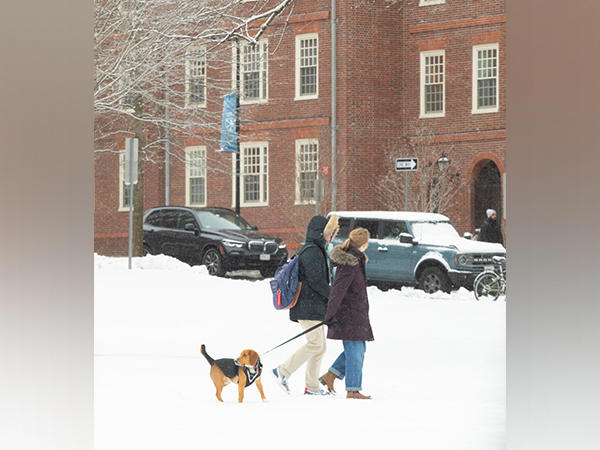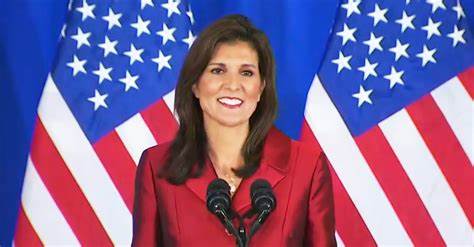Part of Broader Commitment to Cement Meatpacking District as Premier Global Destination and Economic Engine
Our Bureau
New York, NY
New York City Mayor Eric Adams and New York City Economic Development Corporation (NYCEDC) President and CEO Andrew Kimball have announced the next steps in the reimagining of Gansevoort Square — located on Little West 12th Street between Washington Street and 10th Avenue in Manhattan — that will result in a combination of more affordable housing for New Yorkers and new retail space for local residents and visitors. The Request for Proposals (RFP) outlines a vision for up to 600 units of mixed-income housing — with a goal of 50 percent of total units being permanently affordable — and ground-floor retail space, both which will be located on the residential site of Gansevoort Square.
First announced in October 2024, this bold redevelopment will transform the approximately 66,000 square feet at Gansevoort Square into mixed-income housing units, new open space, and the opportunity to expand the Whitney Museum of American Art and the High Line — cementing the Meatpacking District as a global destination, economic engine, and cultural and artistic hub for the city. The Gansevoort Square redevelopment project — including the residential site and Whitney Museum Expansion — is expected to create 2,600 construction jobs and more than 160 permanent jobs. Finally, the full project is expected to generate $940 million in economic impact.
The Gansevoort Square redevelopment project is a component of Mayor Adams’ “Manhattan Plan,” first announced in his fourth State of the City address. The Manhattan Plan will include the Adams administration’s Midtown South Mixed-Use Plan, public sites, and more to unlock opportunities to create 100,000 new homes in the borough, bringing the total number of homes in Manhattan to 1 million over the next decade.
“We’re tackling generational, city-changing projects in all five boroughs because our administration doesn’t shy away from challenges — we embrace them as opportunities to deliver for New Yorkers,” said Mayor Adams. “Today, we’re taking the next step on an ambitious project — transforming 66,000 square feet at Gansevoort Square into 600 mixed-income housing units, massive new, open space, and the city’s next cultural and artistic hub. The potential we have here is endless, and we’re excited to take the next steps towards turning our vision into a reality. We are building a new, exciting chapter in Manhattan to make our city more affordable and the best place to raise a family.”
“The Adams administration is committed to rapidly increasing affordable housing for all New Yorkers,” said First Deputy Mayor Maria Torres-Springer. “As part of the Manhattan Plan and Executive Order 43, this request for proposals is a win-win-win for housing, jobs, and quality of life. At Gansevoort Square, we will address the city’s urgent housing needs, generate thousands of jobs, and create vibrant, new open spaces for those who live, work, and play in the Meatpacking District.”
“The redevelopment of Gansevoort Square marks a transformative milestone for the city by delivering much-needed mixed-income housing, creating more open space, while supporting beloved institutions like the High Line and the Whitney Museum,” said NYCEDC President and CEO Andrew Kimball. “As part of the administration’s commitment to addressing the city’s housing crisis, NYCEDC is proud to get this historic project underway and looks forward to selecting a developer that will bring to life a bold vision of housing, local businesses, and cultural vibrancy in the heart of Manhattan.”
In August 2024, the Gansevoort Meat Market — the site’s current tenant — elected to leave the site early in cooperation with NYCEDC and the City of New York. This redevelopment will activate the block and build upon the evolution of the Meatpacking District, reimagining the site as a one-of-a-kind destination for New Yorkers with mixed-income housing, new publicly-accessible open space, and the opportunity to expand the Whitney Museum of American Art and the High Line operations facility — two of the city’s most iconic cultural institutions. The RFP comes after a robust public engagement effort, including three public sessions with over 100 attendees, as well as a land use presentation to Community Board 2 with over 200 attendees.
















